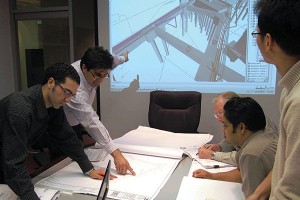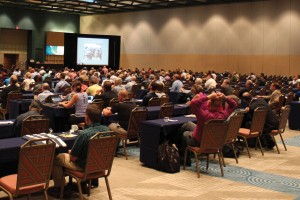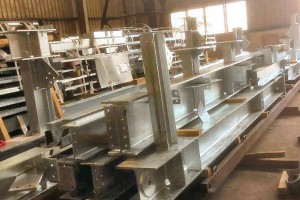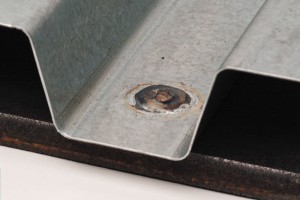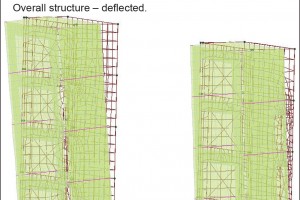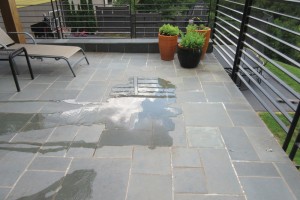I have exciting news to share with all of you. During the second week of October, from the 11th through the 14th, the structural engineering community will descend upon Washington, D.C., for the 25th annual NCSEA Structural Engineering Summit. This promises to be our best Summit yet, and I hope that you will make time in your busy schedule to join us. Attendees will include the best and brightest our profession has to offer, including our Member Organization Delegates and some of their officers, the NCSEA Board of Directors and staff, an excellent group of presenters, and many of our young members. This is your opportunity to meet and mingle with all of them. …

